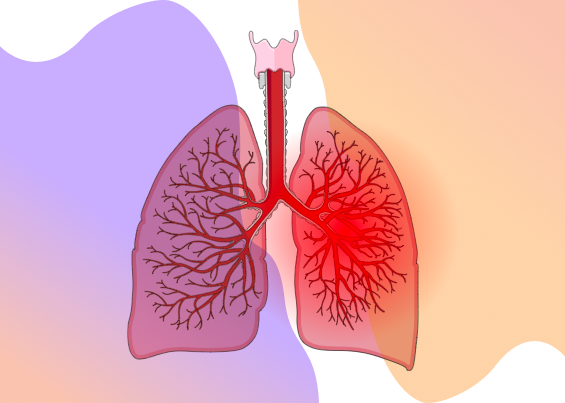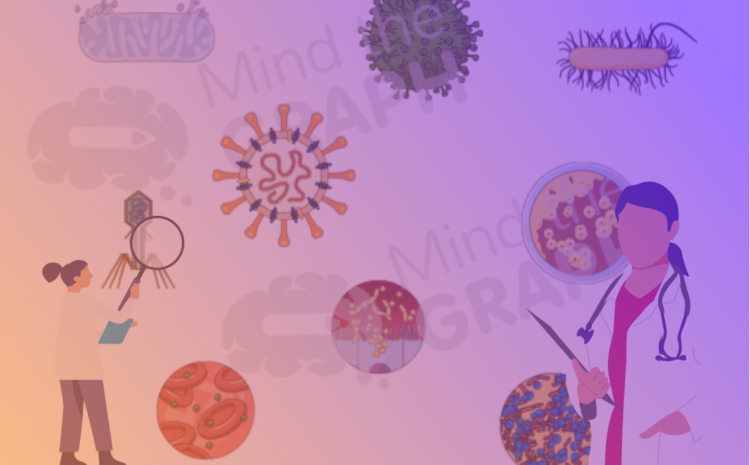The current global COVID-19 pandemic is related to an acute respiratory disease caused by a new coronavirus (SARS-CoV-2), which is highly contagious and whose evolution is still little known. Considering the current case definition, based on the diagnosis of pneumonia, millions of cases of COVID-19 infection have already been confirmed worldwide, and the associated mortality rate has fluctuated around 2%.
Preliminary data available suggest that transmission of SARS-CoV-2 also occurs during the incubation period and possibly also from infected people who have not developed manifestations, but the frequency has not yet been definitively established.
The most drastic consequence is the associated viral pneumonia that can lead people to death.
 Pneumonia infographic template - available at mindthegraph.com/templates
Pneumonia infographic template - available at mindthegraph.com/templates
History - To know more details about the Covid-19:
On December 31 2019, the World Health Organization (WHO) was notified of the occurrence of severe pneumonia cases of unknown etiology in the city of Wuhan (Hubei Province), China. The fact, immediately generated concern in the international medical-scientific community. In China, health authorities have taken emergency measures to contain the epidemic and have started epidemiological, microbiological and clinical investigations in order to quickly characterize the new disease and allow it to be controlled. On January 7 2020, Chinese scientists announced the isolation of a new coronavirus from a Wuhan patient that was initially called 2019-nCoV. In sequence, they developed a method of molecular biology for rapid confirmation of the diagnosis.
The epidemiological investigation of the first cases pointed to the visit to a wholesale seafood and wildlife market in Wuhan as a link, suggesting that the new coronavirus could have been initially transmitted to humans from an animal source. Inter-human transmission (person-to-person) was quickly proven and is responsible for the continued spread of the disease.
The disease caused by the new coronavirus, was officially called by the WHO as Coronavirus Disease 19 (COVID-19, for short) and, in parallel, the virus was renamed to SARS-CoV-2.
Etiological agent of COVID-19
The causative agent of COVID-19 is a new coronavirus, SARS-CoV-2. Viruses of the coronaviridae family can cause infections in vertebrate animals. In humans, coronaviruses cause respiratory infections of varying severity, being one of the most common agents of the common cold (HCoV-229E, HCoV-NL63, HCoV-OC43 and HCoV-NKUI) and also recognized causes of severe pneumonia such as respiratory syndrome acute severe (SARS, for Severe Acute Respiratory Syndrome, described in 2002 and the Middle East Respiratory Syndrome (MERS, for Middle East Respiratory Syndrome, described in 2012), respectively caused by SARS-CoV and MERS-CoV.
Bats appear to be the primary source (reservoir) of several variants of coronavirus and are also likely to be for SARS-CoV-2, as suggested by phylogenetic studies in progress with the genome of the new coronavirus. However, it is likely that for humans to be infected, another animal host (still unknown for SARS-CoV-2) is involved, as demonstrated for SARS-CoV (civets) and for MERS-CoV (dromedaries).

Subscribe to our newsletter
Exclusive high quality content about effective visual
communication in science.




